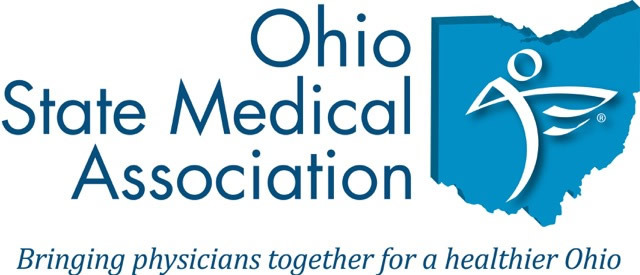Complete Story
02/16/2021
Governor DeWine’s Proposed Budget – Items Impacting Health Care
Earlier this month, Governor Mike DeWine announced his plan for Ohio’s next two-year state budget. The Ohio Legislature will deliberate on the budget in the next several months, as the House and Senate must pass the budget bill and send it to the governor’s desk for signature by June 30, 2021. Many details within the budget are subject to change as the bill progresses through the two chambers, so OSMA will keep Ohio physicians informed in the coming weeks as budget proceedings continue.
Here are some of the major items impacting health care in the governor’s budget proposal:
Health Equity: A $50 million investment in public health equity initiatives through the Ohio Department of Health (ODH) and a $2 million allocation to ODH and other agencies, boards, and commissions to both identify and address social determinants of health (SDOHs), and improve health equity across the state. Specific support is given for programs addressing disparities and disproportionate negative health impacts on minority, poor, and underserved populations in Ohio, including African Americans, Hispanics and Latinos, immigrant and refugee populations, traumatized individuals, disabled Ohioans, veterans, the elderly, Deaf and Hard of Hearing, and other communities.
Maternal and Infant Health: A $5.5 million investment to support programming that provides services to improve both maternal and infant health outcomes, and $2.25 million to provide housing for pregnant mothers in need through the Development Services Agency, ODH, and the governor’s Children’s Initiatives Office.
Substance Use Disorder: Continuation of RecoveryOhio, Ohio’s initiative to address the substance use disorder crisis and support mental health and well-being of Ohioans, including funding to expand Specialized Dockets with new courts that will work to connect individuals with support services for mental health, substance abuse, and trauma care.
Other provisions:
- $3.25 million in funding for enhancing addiction response in Ohio and creating a comprehensive care system for patients presenting to emergency departments with addiction and substance use disorder.
- Expansion of early identification programs to increase substance use disorder screening and provide early intervention that connects people in need to treatment.
- Additional support to expand treatment capacity and medication access for incarcerated individuals with mental illness.
- Continued support for crisis services working to meet the needs of children, youth, families, and adults in mental health and substance use disorder issues.
- Expanded access to the Tobacco Use Prevention and Cessation program in Ohio.
Primary Care: Funds distributed to the Ohio Association of Community Health Centers (OACHC) to support the FQHC Primary Care Workforce Initiative, which provides medical, dental, behavioral health, advanced practice nursing, and physician assistant students with clinical rotations in Federally Qualified Health Centers (FQHCs) recognized as Patient Centered Medical Homes (PCMH).
Medicaid: An investment of $28.4 billion for Fiscal Year 2022 and $29.7 billion for Fiscal Year 2023 to support the Ohio Department of Medicaid and its priority programs working to meet the needs of many vulnerable Ohioans, and expand access to care for Medicaid members. This includes an additional $5 million per Fiscal Year to prevent custody relinquishment of multi-system youth children who utilize a variety of services such as behavioral and mental health care services.
In addition:
- Continued funding of Medicaid’s Behavioral Health Care Coordination program and an expansion of access to Medicaid’s Emergency Telehealth program.
- Support for the re-procurement of Ohio’s managed care system to improve health outcomes and well-being through personalized care experiences.
Other Public Health Issues: $6 million to support local health departments in efforts to improve population health based on findings in Ohio’s 2020-2022 State Health Improvement Plan (SHIP). Also, a $25 million investment to improve the state’s public health data. This funding will support ODH and the Department of Administrative Services (DAS) in the procurement of an integrated technology solution to streamline data and improve and enhance disease reporting and healthcare delivery.
In addition, the Executive Budget contains $460 million to help provide small business grants for qualifying businesses that have yet to receive help from the Coronavirus Relief Fund, and other assistance for new businesses that opened in Ohio between January and the end of March 2020 to help them stay afloat after a challenging start. The proposal also sets aside a nearly half billion dollar investment to support key infrastructure projects and the development of a more robust broadband network throughout Ohio, ensuring that communities have basic connectivity to support online education, job searches, and training.
As we move toward spring and summer 2021, OSMA will provide updates on the legislature’s work with the budget and any key changes to its contents that are meaningful to Ohio physicians and the practice of medicine.
